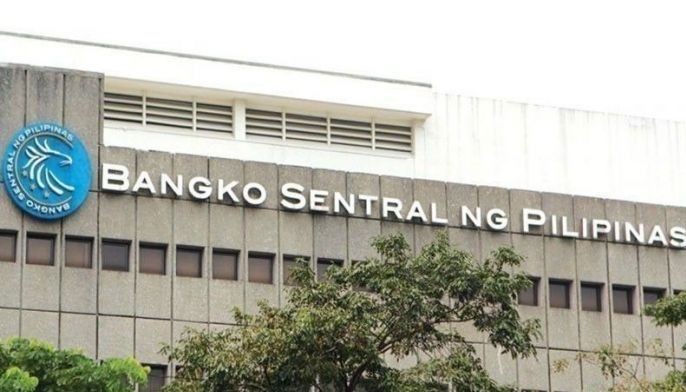MANILA, Philippines — The worst may be over for the economy, which is starting to reopen after months of inactivity due to mobility restrictions to slow the spread of the coronavirus disease 2019, but its recovery may be fragile, the head of the Bangko Sentral ng Pilipinas (BSP) said.
“The worst is over. But while we’re not out of the woods yet, we have to look beyond this crisis,” BSP Governor Benjamin Diokno told participants in a virtual forum.
He said the second quarter was likely the worst for the economy in terms of gross domestic product (GDP) contraction.
“So we are now on the way to recovery at this point. The second quarter, for me, was the worst quarter but we are now moving toward a recovery,” Diokno said.
The economy came to a grinding halt as Luzon was placed under lockdown in mid-March, resulting in a 0.2 percent GDP contraction.
Earlier, the BSP chief said the GDP likely contracted by 5.7 to 6.7 percent in the second quarter due to the full impact of the tight lockdown. This would technically put the economy in recession after two consecutive quarters of GDP contraction.
Economic managers, through the Development Budget Coordination Committee (DBCC), expect the GDP to contract by two to 3.4 percent this year from a growth of six percent last year. This would end more than two decades of positive growth as the GDP last contracted by 0.5 percent in 1998 during the height of the Asian financial crisis.
For 2021, DBCC expects a strong rebound with a GDP growth of eight to nine percent.
“I foresee a hockey stick like recovery with the lowest point in the second quarter. But the third quarter will be better and the fourth quarter will be even better. We expect a strong rebound in 2021,” Diokno said.
The BSP chief earlier said the recovery may take the shape of a “swoosh.” Named after the Nike logo, a “swoosh”-shaped recovery predicts a large drop, followed by a painfully slow recovery.
He also said the country should learn to live with the virus as the government is likely to imposed targeted lockdown instead of a nationwide lockdown.
Diokno said there is a need for authorities to make the Philippines more robust and resilient as well as prepare the economy for the next crisis.
“Let me remind you again that we entered this crisis from a position of strength,” the BSP chief said.
Diokno said the COVID-19 pandemic is unprecedented and has morphed into a full-blown global economic crisis.
“Yet, the Philippines has had strong economic fundamentals such as robust growth, good fiscal performance and strong external and financial sector positions—which provided relative stability in the face of the COVID-19 pandemic,” Diokno said.
Diokno cited the benign inflation environment that helps support aggregate demand, the sound and stable banking system, strong external payments position providing adequate buffers to withstand global headwinds, fairly stable peso, and favorable external debt profile.
In fact, Diokno said the Philippines received its first ever A grade rating after Tokyo-based Japan Credit Rating Agency upgraded the country’s rating to A- from BBB+, while Moody’s Investors Service, S&P Global Ratings, and Fitch Ratings maintained the country’s investment grade rating amid the sea of downgrades due to the pandemic.
Ferdinand Antonio Tansingco, treasurer at Metropolitan Bank & Trust Co., said the reopening of the economy and government measures should drive a gradual U-shaped recovery as the economy appears to have bottomed out this year, followed by a positive growth in 2021.
Tansingco said a return to tighter lockdown restrictions remain a risk as the enhanced community quarantine took its toll on manufacturing, transportation, and storage, wholesale and retail trade, accommodation and food, service activities as well as art, entertainment, and recreation.
Tansingco said manufacturing booked the biggest loss of P422 to P855 billion, followed by the wholesale and retail trade with P498 to P725 billion, tourism with P233 to P400 billion, and real estate with P57 to P80 billion.


